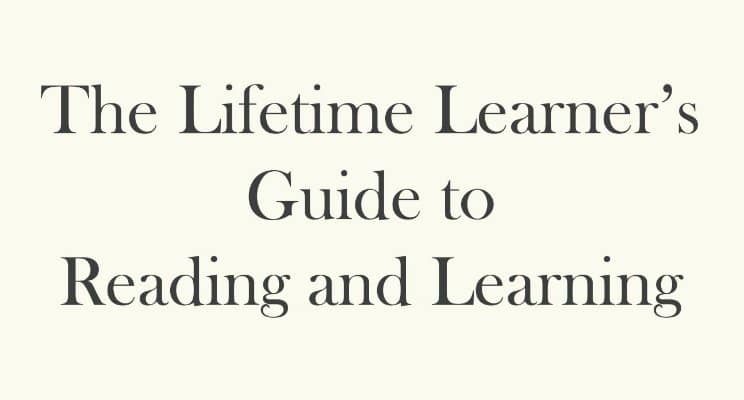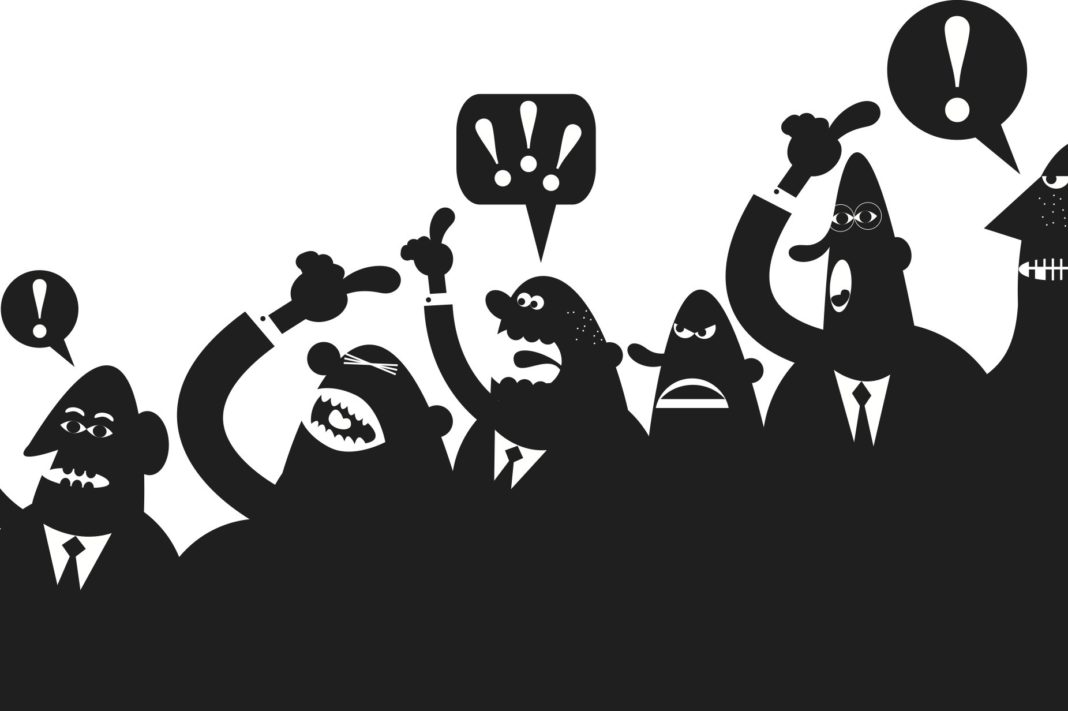|
Each Monday another excerpt from my book, which is available here: https://garyhoover.dpdcart.com.
In a thousand years, it is likely that the history books will have forgotten now-familiar names like Bill Clinton and even John F. Kennedy. They will show up in appendices listing long-dead rulers, not unlike Pope Sextus or Pharaoh Mentuhotep II. If they are lucky, maybe they will get a paragraph after the discussions of FDR and Churchill. But in those same history books, it is likely that there will be extensive discussion about New York City at the turn of the millennium. In retrospect, I believe that New York today will be viewed as a golden age, not unlike the way we now look back on Republican Athens and Renaissance Florence.
In his small, classic 1948 book, Here is New York, essayist E. B. White described the city as unique, cosmopolitan, mighty, unparalleled. More recently, spending a month in the city, I found New York more vibrant, more unique, more unparalleled than ever. And keep in mind that I am not a New Yorker – I lived there in the 70s and hated it, and am happily ensconced in the very-different Texas hill country outside Austin. When I lived in New York thirty years ago, buildings were boarded up, crime was at record levels, and no new jobs were being created. But as we begin the new century, New York is a city whose Silicon Alley plays a vital role in e-commerce and innovation, a city whose Central Park is again one of the world’s great public spaces, a city which has risen back from the nadir of thirty years ago.
We often think of New York as the world’s center of art, high culture, Broadway, symphonies, and great museums. It is all these things, and it is stronger in these respects than ever. But New York is, and always has been, above all else a commercial city, a place where people transact with each other. This is not a city where political power rules. It is not even the capital of its own state. But it is, instead, the capital of the world. For no other city on earth has the concentration of power, of media, of finance, of communications and commerce that are the daily lifeblood of Gotham.
In this regard, human culture today is playing out a pattern familiar from history. Our cities have always been the center of our commerce, of our dealings with each other. We think of the Medicis of Renaissance Florence as art collectors and patrons, but first they were grain financiers and traders – the Cargill Company of their era. Florence was a banking town first; it became an art and music town only with the wealth created from commerce. For modern enterprise, for most of us trying to build a business or in other ways serve humanity, life revolves around the city. The city is where money flows, where goods flow, where ideas flow, and where people live. Most enterprise focuses on cities – except maybe if you are in the monastery business. Even if you operate a mountain resort, your customers are likely to come from cities. That means that understanding the city, both conceptually and in specifics, is critical to success for most of us.
I would even go so far as to say that the city itself is the greatest of human enterprises. The Dutch who first laid out the streets of lower New York could not have imagined how their enterprise would evolve. The Roman founders of Londinium could not have dreamed of Covent Garden or Harrod’s. No creation of our species more boldly reflects all that is human – the wealth, the poverty, the creativity, the conflicts, the good times, the bad.
One of my good friends is a biologist who has gotten me interested in how anthills work and how amazing beehives are. The biological, chemical, and psychological qualities of these social insects are aptly reflected in the remarkable structures they build and inhabit. In much the same way, when I look at New York’s Rockefeller Center, London’s Victoria Station, or Tokyo’s Ginza, I see the natural organic result of the evolution of a species. Are these beehives any less natural than the ones built by bees? Are these anthills any less full of lessons to be learned, interactions to be studied?
The greatness of cities is not limited to their buildings and parks. Great cities are great because of their heart and soul, their spirit, their defining character, their unique sounds, smells, and sights. Like other enterprises, cities grow, die, and compete for position. They even network.
This chapter is about how to understand the cities we live in and work in. More than any other aspect of geography, we are close to our cities. Their mayors and other leaders often have more impact on our daily lives than our presidents and prime ministers. As leaders of enterprises, we can often shape our cities to a greater degree than any other unit of geography. We live in our cities and our children will grow up in them. For all these reasons, a better understanding of cities can have a significant payoff for all of us.
Changing, Dynamic Cities
Urban student Tertius Chandler calls the city “man’s largest artifact.” It may also be man’s most dynamic creation. Change happens at every level within the city – from person to person, block to block, year to year. Perhaps the most dramatic changes are in the competitions among cities themselves – competition for jobs, for trade, for prestige, and (most important of all) competition for people.
As we see a city evolve from one day to the next or from one visit to the next, we notice a new building here and a new building there . . . a new freeway, a new shopping center, a new skyscraper. But we rarely stand back and see how those changes add up over the years.
In 1850, Chicago was smaller (in population) than Albany, Providence, Louisville, Charleston, or Buffalo. It was not one of the ten largest cities in America. Just fifty years later, it was not only the second biggest US city, it was the fifth biggest city in the world.
In 1925, Washington DC, despite over one hundred years as our nation’s capital, was only the seventeenth largest city in the nation, just over half the size of neighboring Baltimore. In 1975, after fifty years of New Deal programs and wartime expansion, the city was eighth—way ahead of Baltimore–and still rising.
More recently, Phoenix has risen, like its name, albeit from dust instead of from ashes. In 1950, it was the fifty-eighth largest US city, with a population half that of Scranton and smaller than that of Grand Rapids, Michigan, or Worcester, Massachusetts. Fifty years later, Phoenix ranks fourteenth, ahead of former giants Cleveland and St. Louis.
This dynamic, changing process is at work not only in the US but all over the world, as it has been throughout the centuries. For a little longer perspective on things, study these tables.
LONG-TERM CHANGE AMONG WORLD CITIES
Rank 1000 1250 1500 1750 2000
1 Cordoba Hangchow Beijing Beijing Tokyo
2 Kaifeng Cairo Vijayanagar Yedo Mexico City
3 Constantinople Fez Cairo London Sao Paulo
4 Angkor Kamakura Hangchow Constantinople New York
5 Kyoto Pagan Tabriz Paris Bombay
6 Cairo Paris Constantinople Osaka Shanghai
7 Baghdad Beijing Gaur Canton Los Angeles
8 Nishapur Canton Paris Kyoto Beijing
9 Hasa Nanking Canton Hangchow Jakarta
10 Anhilvada Marrakesh Nanking Naples Lagos
MEDIUM-TERM CHANGE AMONG WORLD CITIES
Rank 1800 1850 1900 1950 2000 1 Beijing London London New York Tokyo
2 London Beijing New York London Mexico City
3 Canton Paris Paris Tokyo Sao Paulo
4 Yedo Canton Berlin Paris New York
5 Constantinople Constantinople Chicago Shanghai Bombay
6 Paris Yedo Vienna Moscow Shanghai
7 Naples New York Tokyo Buenos Aires Los Angeles
8 Hangchow Bombay St Petersburg Chicago Beijing
9 Osaka St Petersburg Manchester Ruhr Valley Jakarta
10 Kyoto Berlin Philadelphia Calcutta Lagos
|












